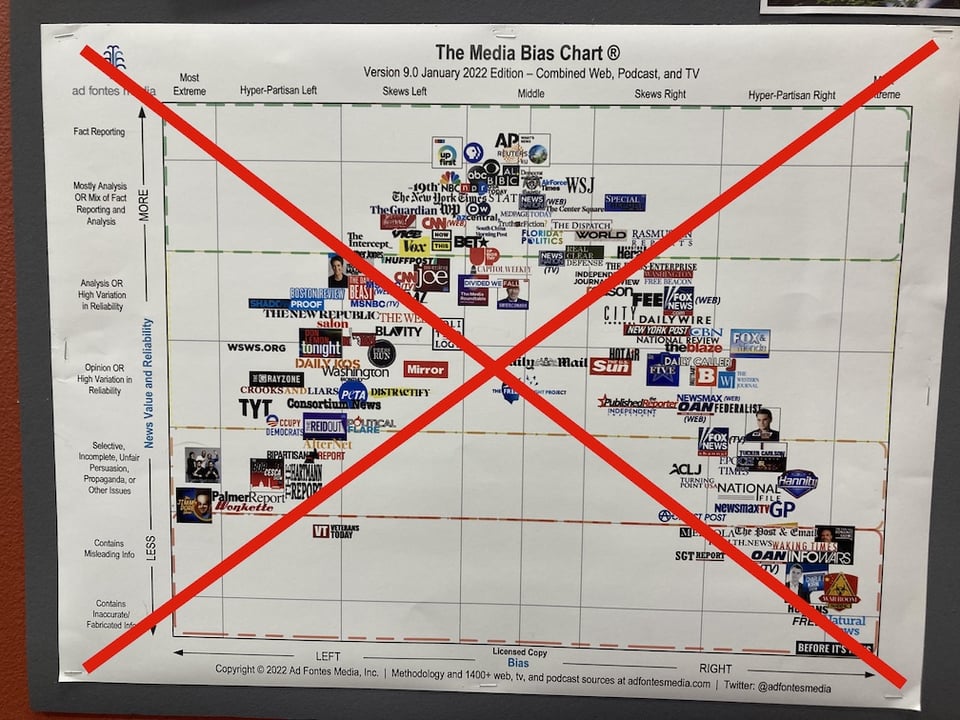Free Yourself From Too Much Change
Sam, a program manager, had a lot on his plate. Management asked him to take over a critical program whose manager had just left to pursue another opportunity. Sam needed to ramp up quickly with the context and the client. Meanwhile, he was promised a replacement for him on his current program, but that client was not pleased to hear that Sam was leaving the program. Plus, HR had slowed down due to other program launches. On top of all this, Sam started to experience debilitating migraines that put him in a brain fog and further slowed the transition.
It was too much change, but what does that really look like?
The Impact of Too Much Change
Last time, I discussed riding the waves of change and introduced the J-Curve. Figure 1 below summarizes that model of change.

Most people feel they can “push through” the change and the low-productivity trough, but that rarely works and can burn out you and your team.
Time and reflection help to climb out of the trough and find higher performance. We need that time to unlearn the old assumptions that no longer work, look for new patterns, and find the new transforming idea of how to live in this new world introduced by the change.
But what happens in Sam’s scenario when it’s one change after another? What do you do when you encounter resistance in adapting to one change and before you can reflect to find that transformational idea, another change hits? What if it’s not just you, but your entire team wrestling with these cascading changes as shown in Figure 2? What if your (or others) start to feel physical effects from the strain of too much change?

In other words, what is the best way to navigate through a cascade of changes?
Restore the Essential First
Remember the key is to have time to reflect so you can find the transforming idea. You can’t do that if you are bouncing from meeting to meeting and program to program. And then you remember what every airline says as you settle in for a flight: Make sure you put your own oxygen mask on first before helping others.

So what is essential for you to perform well in your day? Are you skipping exercise? Are you missing a chance to go outside an walk? Are you missing time with friends and family? You might want to fix those personal oxygen masks.
For Sam, it was getting to the root cause of his migraines that slowed down his daily progress. He made doctor’s appointments and medical tests his priority and rapidly responded to any messages from his medical care team. It took a few weeks, but they found out that his diet was the cause of the migraines. The stress of the two programs didn’t help, but they were not the root cause. He quickly made modifications to his diet.
Reduce the Noise
What just adds noise to your day? Is there a way for you to reduce or cut out the noise?
For Sam, he did several things to reduce his daily noise:
He declined all meetings where he did not need to weigh in or decide anything. He let his teams handle these and send updates during the transition.
Sam liked to keep up with industry news regarding his programs, but he now found himself distracted by the podcasts and newsletters he followed. He unsubscribed from all of it.
He loved to track his fitness on his smart watch, but he noticed all the other messages that popped up and distracted him throughout the day. He could have gone through all the apps to control the notifications. Instead, he put the smart watch in a drawer and started wearing an old favorite watch that just gave time and date.
Sam noticed his noise levels going down quickly and giving him more pauses to think and reflect.

Restore the Restorative Next
What gives you energy and motivation? What do you do as a leader that helps give energy and motivation to others?
For Sam, mentoring others always motivated him. So he took the following steps:
He found a senior person on each program to be his “lead” while he was focused on the transition between programs.
Sam held one-on-ones with each of these leads weekly to check progress, issues, root causes, and what priorities might shift for the team on that program to get through the latest changes. He also used this time to mentor them on their leadership.
Every three weeks, Sam would meet with the program leads together. He would alternate scheduling during the same time he met one-on-one with one of the leads to reduce meeting conflicts. They would look at the two programs together to look for patterns and navigate the challenges holistically. Their working agreement was that anything that impacted any of them or had an impact outside their individual program was good to put on the agenda. Also, if another change hit that week, they would immediately reschedule for the next week.
Sam realized he missed his podcasts during his morning runs. So he added back two weekly podcasts (one on leadership and another on mentoring) that gave him ideas on how to help his leads manage their new responsibilities.
These shifts allowed Sam to focus on his health, which also allowed him to focus on his leads. Then the leads could focus on their programs while Sam was in transition. This actually freed up Sam enough to help HR in vetting candidates for his replacement on the original program. Once hired, Sam invited that new program manager to his meetings with his leads to help onboard him. It took almost a quarter, but Sam and his team of leaders finally pulled the two programs back to better performance.
What about you? Have you faced a cascade of changes? What was your oxygen mask you put on to help you breath through the changes?
If you are in that situation now, please reach out to me and lets find your oxygen.
Stay Human My Friends,
Mark
Footnotes:
If AI represents some of that cascade of changes to your work, do you need some transforming ideas? Join Melissa Francis and me for our free webinar very soon.
Want some transforming ideas on how to navigate those difficult days? Join Dave Prior and me for a complimentary first session of our Productivity Survival course. Sign up here.
Are you dealing with increasing change in your career? Join me online at the Engineering Leadership Summit (Friday, October 24) or live at AgileDC on Monday, Oct 27. You can grab a ticket for just $160 by using the "speaker referral" discount code AgileDC15 on the AgileDC ticket registration site.
Add a comment: